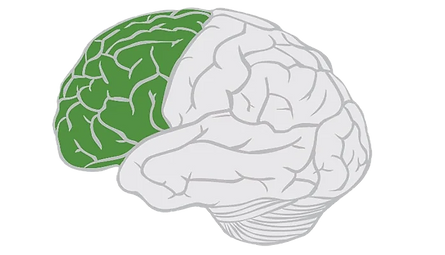BRAIN LOBES AND THEIR FUNCTIONS
Understanding the functions of the different brain lobes is important for radiographers because it helps them comprehend the relevance of imaging findings and communicate effectively with radiologists and other healthcare professionals. Scroll below to understand their function to radiographer.

Credit to: BioNinja
FRONTAL LOBE

-
Located at the front of the brain, the frontal lobe is involved in executive functions, such as decision-making, planning, problem-solving, and motor function.
-
Radiographers should be aware of any imaging findings related to this lobe, as abnormalities here can affect motor control and cognitive abilities.
Credit to: Spinalcord.com Team
PARIENTAL LOBE

-
Situated behind the frontal lobe, the parietal lobe is responsible for processing sensory information, including touch, temperature, and pain. It also plays a role in spatial awareness and perception.
-
Radiographers should note any imaging abnormalities in this lobe that may affect sensory processing or spatial cognition.
Credit to: Spinalcord.com Team
TEMPORAL LOBE

-
Found on the sides of the brain, the temporal lobe is involved in auditory processing, memory formation, language comprehension, and emotional regulation.
-
Radiographers should understand the importance of imaging this lobe, especially in cases of suspected temporal lobe epilepsy or tumors affecting language centers.
Credit to: Spinalcord.com Team
OCCIPITAL LOBE

-
Located at the back of the brain, the occipital lobe is primarily responsible for visual processing and interpretation.
-
Radiographers should pay attention to any imaging findings related to the occipital lobe, particularly in cases of visual disturbances, such as those caused by trauma or tumors.
Credit to: Spinalcord.com Team
Brain Plane
Axial Brain